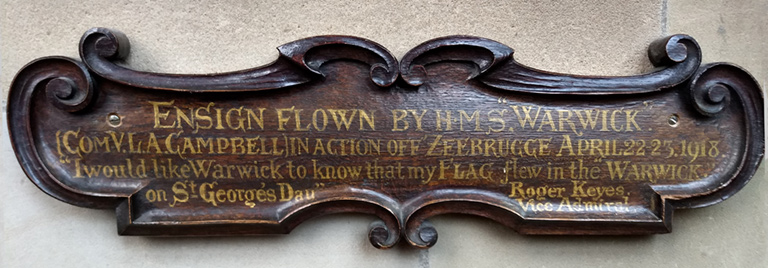
 HMS WARWICK
HMS WARWICK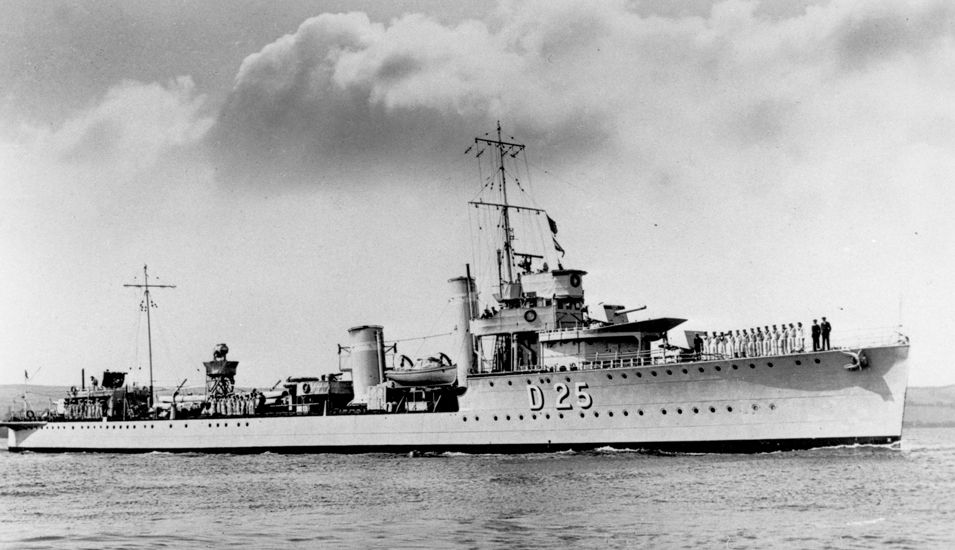
Commanding Officers
| Cdr Victor L.A. Campbell RN (March - June 1918) Cdr Algernon U. Willis RN (Oct 1927 - Aug 1929) Capt Henry H. Harwood RN (Aug 1929 - April 1930) Cdr John W. Durnford RN (Jan 1933 - Jan 1934) |
Lt.Cdr. Miles Ambrose Gregory Child, RN (14 Jul 1939 - 14 Jan 1942) Cdr. York McLeod Cleeves, DSO, DSC, RD, RNR (14 Jan 1942 - 30 Oct 1943) Cdr. Denys Arthur Rayner, DSC, RNVR (30 Oct 1943 - 20 Feb 1944) |
Officers
| Surg S. Lt George F Abercrombie RNVR (1918) Cd Eng Sydney E. Adams RN (April 1940 - Feb 1941) Sub Lt J.W. Anthony RN (Feb - April 1940) Lt Dickinson RN Lt David Harries RN |
Sub Lt Robert T. McIndoe RNZNVR, A/S Control Officer and CP Lt E.J.W. Parsons Killed Surg Lt D. Lindsay Sandes SANF Killed Sub Lt E.P.G. (Peter) Whinney RNVR Killed |
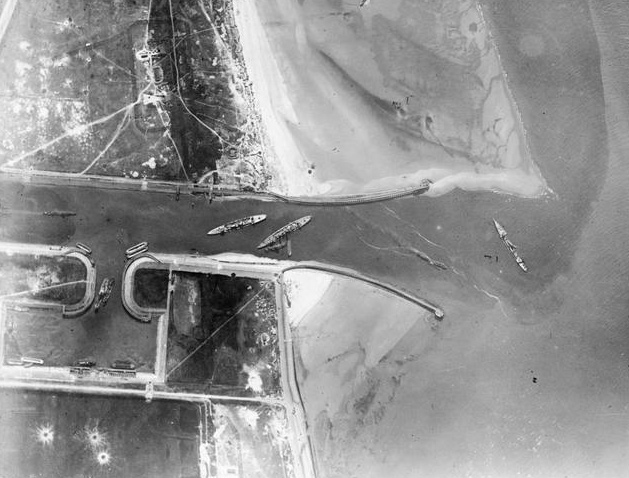 |
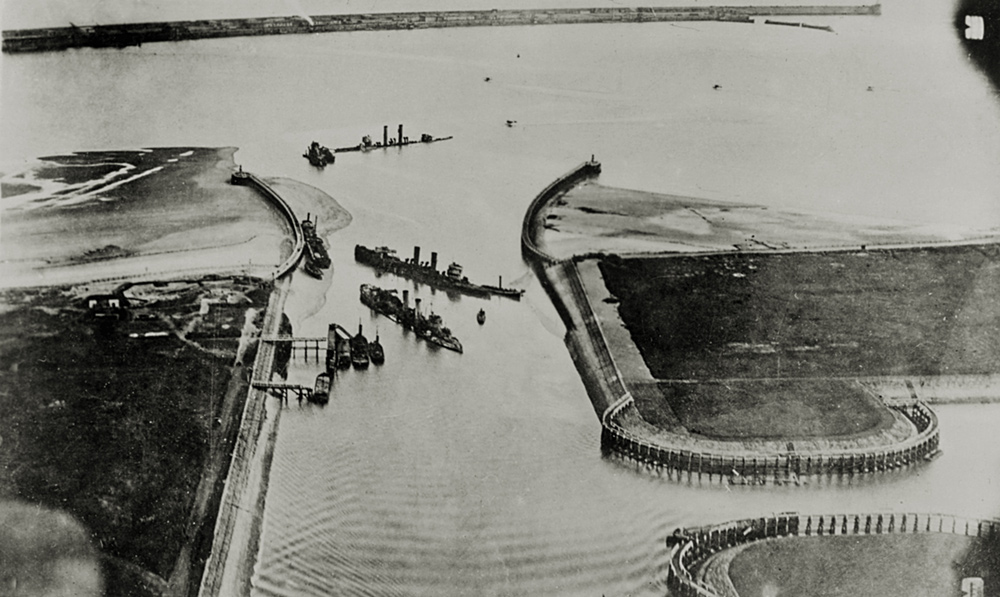 |
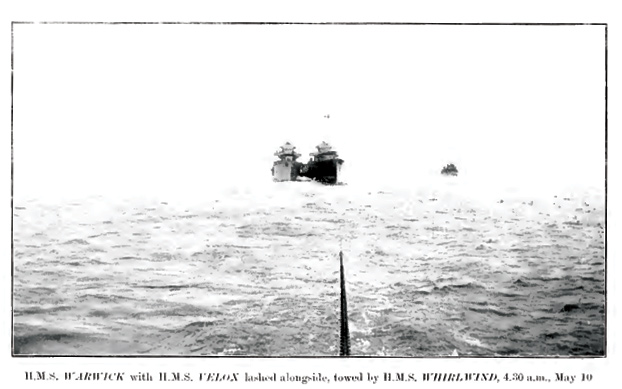 |
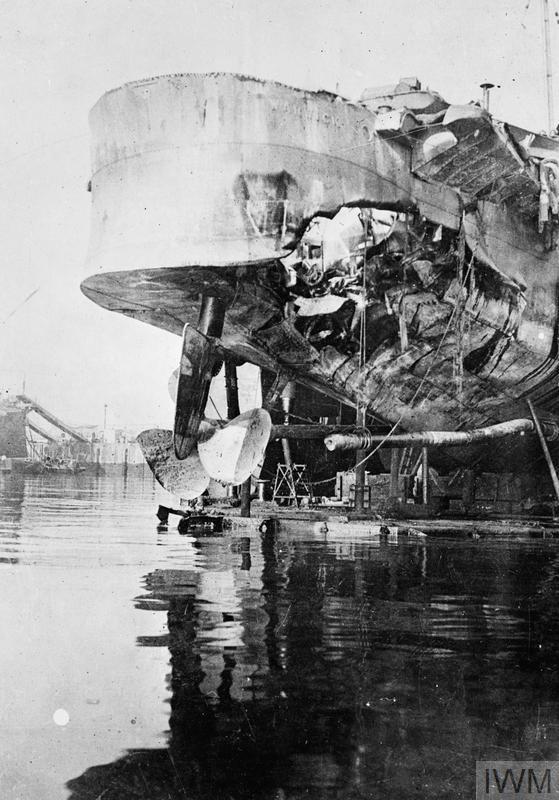 HMS Warwick on arrival back at Dover
Crown Copyright IWM Ref. Q2846 |
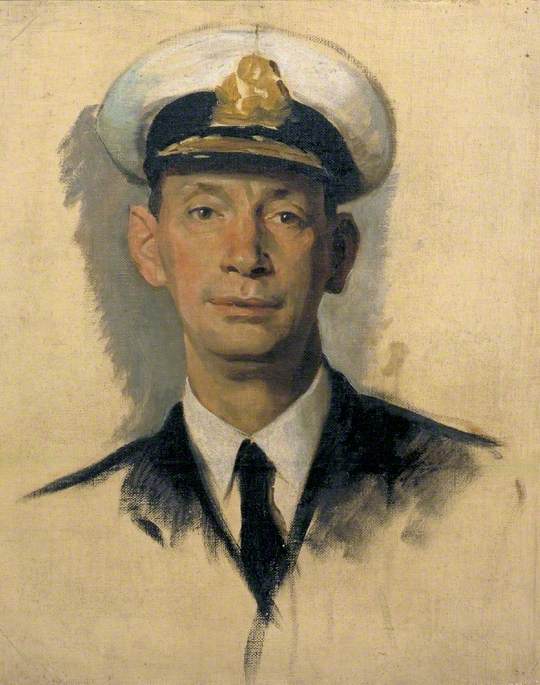 Rear Admiral Sir Roger Keyes RN (1875-1945)
The son of a General in the Indian Army he commanded the destroyer HMS Fame
during the Boxer Rebellion and captured four Chinese destroyers on the Peiho River. He was
one of the first to climb over the Peking walls, to break through
to the besieged diplomatic legations. He took a
prominent part in organising the Dardanelles campaign and after being
given command of the Dover patrol sunk five u-boats in his first month.
He conceived and organised the raid on Zeebrugge.
This sketch by Glyn Philpot (1918) is from his entry in Wikipedia. |
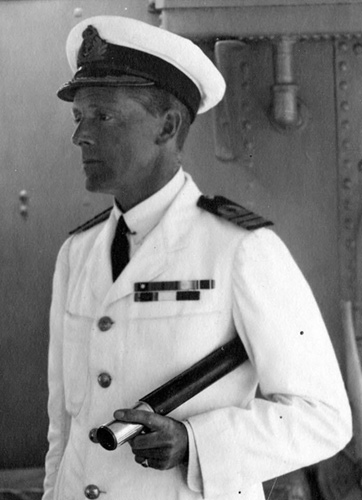 Victor Campbell was 1st Lt on Capt Robert F. Scott's Terra Nova Expedition to Antarctica (1910-13). His Diary was published in 2001 as The Wicked Mate.
He won the DSO commanding the Drake Batallion of the Royal Naval
Division at Galipoli and was Flotilla Leader in HMS Marksman before joining HMS Warwick as CO. He was CO of HMS Versatile 1920-2. He retired, emigrated to Canada, was SNO Trinidad in 1939, ill with Malaria (1940-2) and NIC at HMCS Avalon, Newfoundland. He died in 1956.
|
